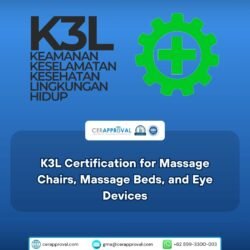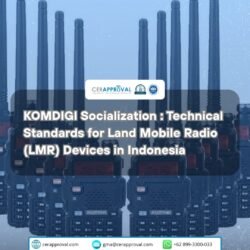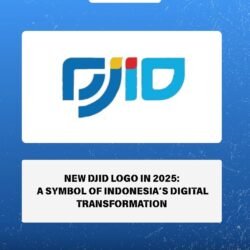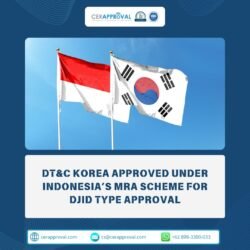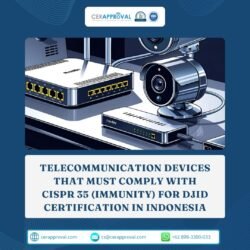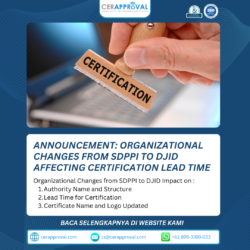Indonesia Issues New Regulation for 5G BWA Equipment
The Indonesian Ministry of Communication and Digital Affairs (Komdigi) has released a new regulation (KM No. 204/2025) that officially requires all 5G Broadband Wireless Access (BWA) equipment to meet certain technical standards in line with IMT-2020 (5G) and ETSI (European Telecommunications Standards Institute) specifications.


